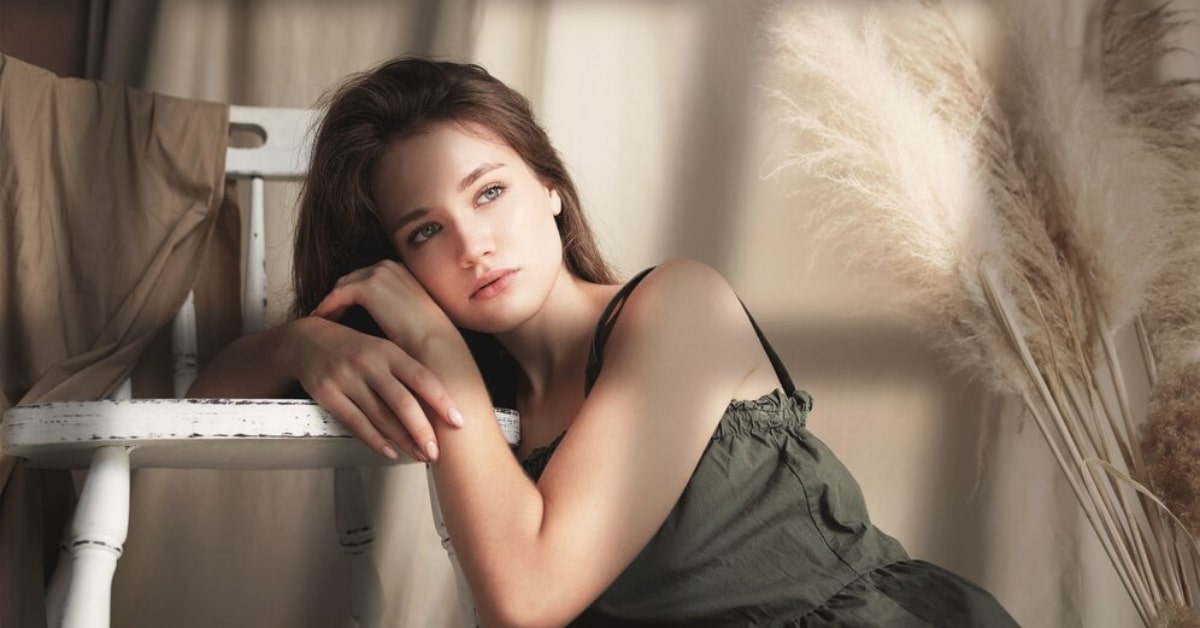Photo shadow effects in Photoshop wield the power to transform ordinary images into visually captivating masterpieces by adding depth, drama, and realism. These effects are indispensable for photographers and designers seeking to elevate the visual impact of their creations. This article delves into the significance of photo shadow effects in Photoshop, their applications, and photo editing techniques for achieving stunning results.
Exploring Photo Shadow Effects in Photoshop
- Importance of Shadow Effects:
- Photo shadow effects emulate natural lighting, adding depth and dimension to images, making them visually compelling and realistic.
- Applications of Shadow Effects:
- They enhance product photography, portraits, digital art, and various design projects by creating a sense of depth and highlighting focal points.
- Versatility and Customization:
- Photoshop’s shadow effect tools offer versatile customization options, allowing users to control parameters such as opacity, angle, distance, and softness.
Utilizing Photo Shadow Effects in Photoshop
- Creating Drop Shadows:
- Select the desired layer or object, navigate to the “Layer Style” dialog box, choose “Drop Shadow,” and adjust settings to create realistic shadow effects.
- Manipulating Light and Shadow:
- Experiment with light sources, angles, and blending modes to simulate natural lighting and create dynamic and realistic shadow effects.
- Layering and Refinement:
- Utilize layering techniques to apply multiple shadow effects, refining each layer’s settings to achieve the desired depth and realism.
Best Practices for Photo Shadow Effects in Photoshop
- Subtlety and Realism:
- Maintain subtlety in shadow effects to mimic natural lighting, avoiding excessive or unnatural-looking shadows.
- Consistency and Cohesion:
- Ensure shadow effects align with the overall composition and style of the image to maintain visual cohesion.
- Experimentation and Exploration:
- Explore various settings, angles, and styles to discover unique and impactful shadow effects that enhance the image’s visual appeal.
Conclusion
Photo shadow effects in Photoshop serve as indispensable tools for enhancing visual depth, realism, and appeal in images. By harnessing the versatility and customization options within Photoshop’s shadow effect tools, photographers and designers can add a touch of professionalism and artistic flair to their creations. Understanding the nuances of shadow effects, experimenting with settings, and applying best practices enable users to create impactful and visually stunning images that captivate audiences and convey narratives with depth and dimension.
FAQs
Can I apply photo shadow effects to any type of image in Photoshop?
Yes, Photoshop’s shadow effect tools can be applied to various types of images, enhancing depth and realism in photographs, illustrations, and design elements.
How can I ensure photo shadow effects don’t overshadow the main subject of the image?
Adjust shadow opacity, softness, and placement strategically to complement the main subject without overpowering it.
Are there specific Photoshop filters or plugins dedicated to creating shadow effects?
While Photoshop offers native tools like Drop Shadow, there are also third-party plugins and filters designed for advanced shadow effects and lighting adjustments.
Can photo shadow effects be modified or removed after they’ve been applied in Photoshop?
Yes, shadow effects in Photoshop are non-destructive and can be modified or removed from layers at any time, allowing for flexible adjustments.
This page was last edited on 27 February 2024, at 12:23 pm
